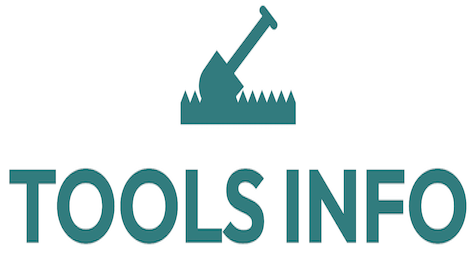Introduction
Benefits of Solar Chargers for Cordless Tools
Integrating solar chargers into cordless tool battery stations is revolutionizing how professionals and DIY enthusiasts power their equipment. By harnessing renewable energy, solar chargers provide a sustainable, eco-friendly way to keep battery packs charged without relying exclusively on traditional electrical grids. This approach not only reduces energy costs but also supports green technology initiatives aimed at minimizing carbon footprints.
One of the primary benefits of integrating solar chargers is the ability to maintain continuous power supply in remote or off-grid locations. Whether on a construction site, garden, or remote workshop, solar chargers ensure cordless tools have reliable access to energy. This reduces downtime and increases productivity, especially for users who depend on cordless tool battery stations for their everyday tasks.
Moreover, solar chargers extend the lifespan of batteries by providing steady, gentle charging compared to fluctuating power supplies from conventional sources. As more cordless tools become compatible with renewable energy solutions, integrating solar chargers becomes an essential step in embracing sustainable and efficient energy use within the tool industry.
Installation Process
Solar Panel Setup
Setting up solar panels for cordless tool battery stations involves selecting the right panels, positioning them for optimal sunlight exposure, and ensuring compatibility with existing battery station systems. First, choose solar panels that provide adequate wattage to meet the power demands of the batteries you intend to charge. Monocrystalline panels are often preferred due to their high efficiency and smaller size.
Next, install the panels in a location with maximum direct sunlight, ideally facing south (in the Northern Hemisphere) and at an angle that matches your latitude. Secure mounting on rooftops, stands, or portable frames can work depending on the workspace environment. Proper wiring and weatherproof connections are crucial for longevity and safety.
Connecting to Battery Station
After the solar panel setup, the next step is to connect them to the cordless tool battery station. This typically involves linking the solar panels to a charge controller, which regulates the voltage and current sent to the batteries, protecting them from overcharging or discharging.
From the charge controller, the system connects to the battery station’s input designed for DC charging. Some cordless tool battery stations nowadays come with built-in compatibility for solar input; in other cases, an adapter or additional circuitry may be needed. It’s important to verify the voltage and current ratings of both the solar charger and battery station to avoid damage and ensure efficient charging.
For detailed technical information on solar chargers, visit this comprehensive resource.
Maintenance Tips
Cleaning Solar Panels
Maintaining solar panels is essential for sustained performance. Dust, dirt, bird droppings, and debris can reduce the efficiency of solar chargers significantly. Regular cleaning using a soft cloth or sponge with water ensures maximum sunlight absorption. Avoid abrasive materials or harsh chemicals that might damage the panel surface.
Also, inspect mounting hardware periodically to ensure panels remain securely positioned and angled correctly. During winter or after storms, clear any snow or leaves promptly to prevent energy loss.
Monitoring Battery Performance
Effective integration of solar chargers involves consistent monitoring of battery performance. Use a battery management system (BMS) if available, to track voltage levels, charge cycles, and overall health. Maintaining optimal battery health extends service life and prevents unexpected tool failures.
Regularly check charge controller indicators and wiring connections to detect faults early. If the battery station supports smart monitoring, integrating those tools can provide real-time data and alerts, enhancing operational efficiency.
For further insights into innovations in cordless tools and related technologies, explore this article on tool innovation and technology.
FAQs
How do solar chargers work with cordless tools?
Solar chargers collect sunlight via photovoltaic panels and convert it into electricity, which is regulated and sent to the cordless tool battery stations. These stations then charge the batteries that power the cordless tools, enabling them to operate without a direct connection to the electrical grid.
What are the advantages of using solar chargers for tool batteries?
Benefits include reducing reliance on fossil fuels, lowering electricity costs, enabling off-grid charging, extending battery lifespan through steady charging, and contributing to environmental sustainability through renewable energy use.
Are there any disadvantages to integrating solar chargers into battery stations?
Challenges include initial setup costs, dependency on sunlight which may limit efficiency during cloudy or short daylight days, and the need for periodic maintenance such as panel cleaning and system checks.
Integrating solar chargers offers an innovative solution that blends renewable energy with modern cordless tool technology to enhance both efficiency and sustainability.
Ready to upgrade your cordless tool battery stations with solar technology? Discover the ultimate solution by clicking HERE to learn more and get started today!
